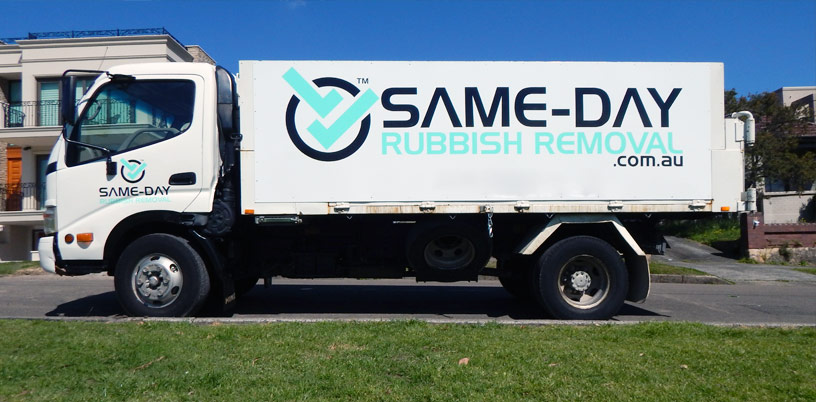A Complete Guide To Figuring Out The Perfect Dumpster Dimension For Your Task
A Complete Guide To Figuring Out The Perfect Dumpster Dimension For Your Task
Blog Article
Article By-Finnegan Duckworth
When starting a job that calls for a dumpster, the dimension you pick can greatly influence its performance and cost-effectiveness. Visualize having the perfect container that accommodates all your waste without being exceedingly huge or too tiny. It all beginnings with understanding the subtleties of your task and choosing a dumpster dimension that straightens with your particular requirements. So, before you choose, think about the elements at play to guarantee a smooth waste management procedure throughout.
Factors to Take into consideration
When selecting the appropriate dumpster size, there are numerous vital aspects to think about.
First, think about the kind of waste you'll be disposing of. Various products may call for varying amounts of space, so understanding what you'll be putting in the dumpster is important.
Next, examine the quantity of waste you expect to produce. If you take too lightly the volume, you might require to make several trips to dispose of whatever, which can be troublesome and expensive. On the other hand, renting a dumpster that's as well large can lead to unneeded expenditures.
Additionally, take into consideration the space where the dumpster will certainly be placed. Make certain there's enough space for the dumpster to be supplied and grabbed without any blockages.
Last but not least, think of any kind of weight constraints that might use. Exceeding the weight restriction can result in additional charges or perhaps the refusal of service.
Dumpster Dimension Alternatives
For selecting the appropriate dumpster size, it's important to have a mutual understanding of the readily available options. Dumpster sizes commonly vary from 10 to 40 cubic yards, with variations in between.
A 10-yard dumpster is suitable for tiny tasks like a garage cleanout or a little renovation. If you're taking on a medium-sized job such as a kitchen area remodel or a cellar cleanout, a 20-yard dumpster may be the right option.
For larger jobs like a whole-house restoration or commercial building, a 30 or 40-yard dumpster could be better to accommodate the quantity of waste created.
When selecting a dumpster size, consider the quantity and kind of debris you anticipate to throw away. https://www.coshoctontribune.com/story/news/local/coshocton-county/2023/01/18/entrepreneurial-spirit-leads-to-new-business-adventure/69792559007/ 's far better to choose a somewhat bigger size if you're uncertain to avoid overfilling. Keep in mind, it's more economical to lease a dumpster that fits your needs instead of needing to buy an added one.
Matching Size to Task
Ideally matching the dumpster size to your project is critical for reliable waste management. To figure out the appropriate dimension, take into consideration the scope and nature of your job.
For small house cleanouts or remodellings, a 10-yard dumpster might suffice. These are generally 12 feet long and can hold about 4 pickup loads of waste.
For yard waste dumpster rental like remodeling multiple rooms or removing a huge estate, a 20-yard dumpster might be better. These are around 22 feet long and can hold around 8 pickup tons.
If you're dealing with a major building task or industrial renovation, a 30-yard dumpster could be the most effective fit. These dumpsters have to do with 22 feet long and can accommodate concerning 12 pickup loads of debris.
Matching the dumpster dimension to your project ensures you have enough area for all waste products without overpaying for unused ability.
Verdict
To conclude, selecting the appropriate dumpster size for your job is vital for efficient garbage disposal. By thinking about aspects like the kind and amount of waste, area schedule, weight constraints, and budget plan restraints, you can guarantee you have the suitable dimension dumpster for your demands. Ensure to match the size of the dumpster to the scope and nature of your task to prevent overspending on unneeded costs.
